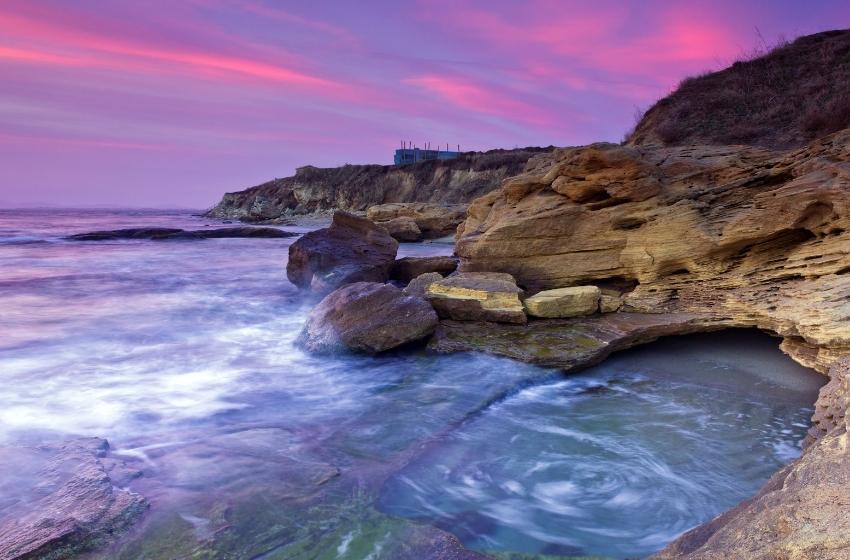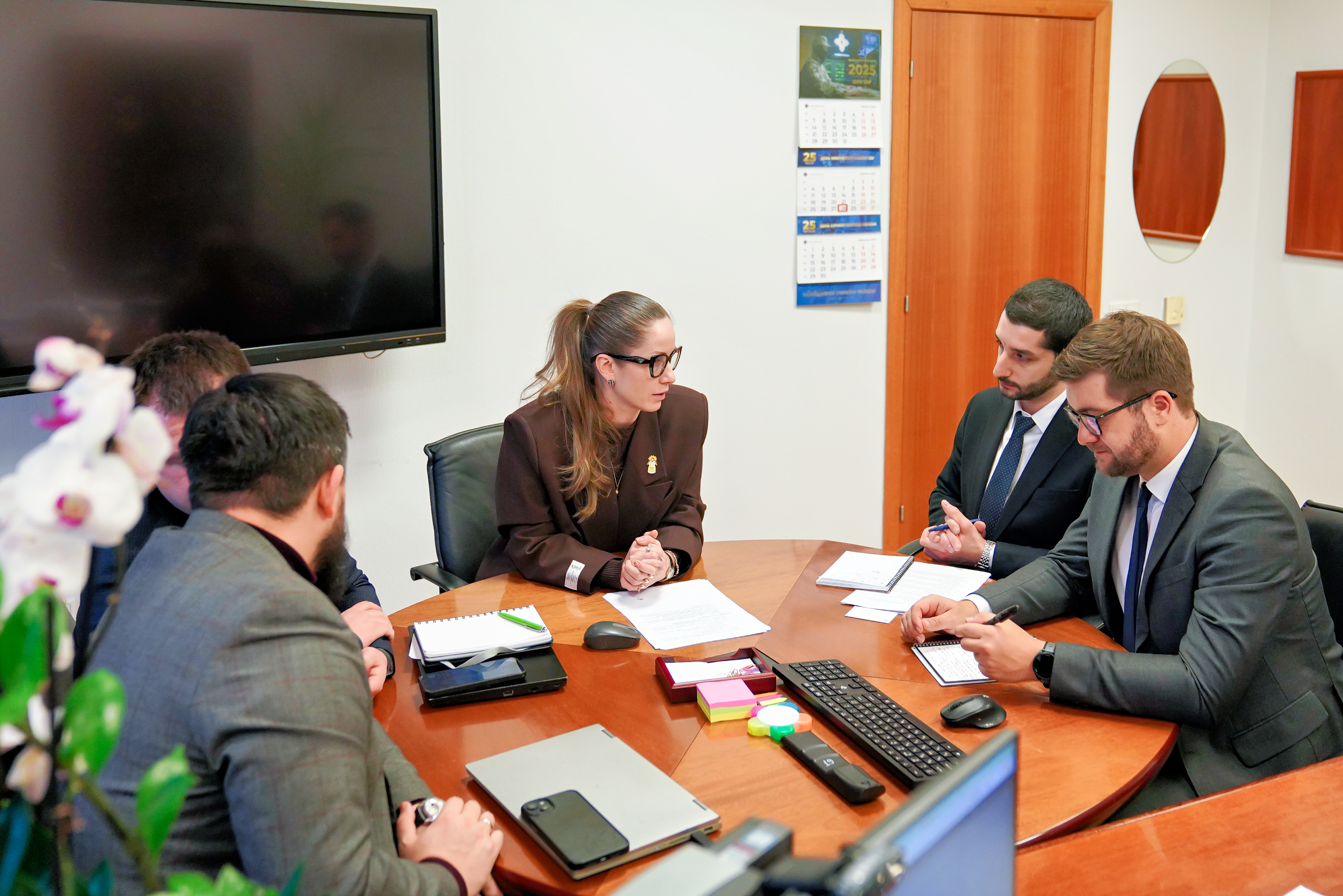In Antiquity, from the VII -VI centuries BCE, average temperatures in the Northern Black Sea region were 1.5°-2° lower than the present, and the climate was much damper. Concurrently, the Black Sea level was significantly lower compared to the present day; according to various estimates, by as many as 2-10 metres, which is why the coastline was more indented at that time. There are numerous examples of antique settlements that are now underwater, including the city of Olbia, the population of which was about 15,000.
Sea level rise has become a primary danger of global warming: firstly, glaciers are melted and thus add water to the world’s oceans, and secondly, water expands when heated. So, Odesa and other cities of the Black Sea basin could share the fate of drowned Olbia, though it may take a few thousand years.
However, against the background of the Black Sea level rise tendency, which is consistent with water level rise in the rest of the world’s oceans (0.1-0.2 cm/year), the Black Sea has its own water level fluctuation cycles. For example, from the end of the 1990s until 2015, the Black Sea level decreased by 1 cm on average. These changes are connected with global climate change, because the warmer the sea is, the more water evaporates from its surface. Moreover, the warmer and the more arid the year is, the less water comes to the sea from the rivers flowing into it. Nowadays, the rivers’ flow to the Black Sea is less than it was 100 years ago, because the majority of the volume of the Dnieper, Bug, Dniester, Danube rivers is used to irrigate the fields. With temperature rises, water consumption on land increases and its flow from upper rivers decreases. Thus, every year the Black Sea’s deficit of water to compensate for evaporation increases, and the waters become more saline. Such a salination (compounded by warming) makes the Black Sea more attractive and available for occupation by flora and fauna of the Mediterranean Sea. Every year, more and more Mediterranean species, such as eyelight fish, barracuda, and sea turtles push further into the Black Sea. This process is called ‘mediterranisation’, which means that the Black Sea becomes similar to the Mediterranean.

The heating of water in the shallow coastal regions can cause lower solubility of oxygen in water, which can give rise to areas of ‘dead water’, wherein the concentration of oxygen is too low for fish, crabs, and clams to breathe, they perish en masse, literally suffocating.
Further, climate change influences the hydrosulphuric layer of the Black Sea and isconsidered to be one of the main reasons for the progressive rise of anoxic layers towards the surface. For now, the mechanism of this influence has been scarcely investigated and scientists still cannot say for sure how exactly the warming determines the rise of the hydrogen sulphide level, and find it difficult to foretell the behaviour of this layer in future. Studies of this issue are one of the most urgent tasks in the field of Black Sea exploration.
The publication was prepared with the financial support of the EU – UNDP project ‘Improving Environmental Monitoring in the Black Sea: Selected measures’ (EMBLAS-Plus). This publication was produced with the financial support of the European Union and UNDP. Its contents are the sole responsibility of the authors and do not necessarily reflect the views of the European Union or UNDP.
Authors: B. Aleksandrov, O. Adrianova, N. Atamas, V. Bolshakov, O. Bondarenko, I. Chernichko, V. Demchenko, S. Dyatlov, Y. Dykhanov, E. Dykyi, O. Garkusha, P. Gol’din, S. Hutornoy, V. Komorin, Y. Kvach, V. Mamaev, O. Manturova, O. Marushevska, A. Mikelyan, Yu. Mikhalev, G. Minicheva, I. Sinegub, T. Shiganova, J. Slobodnik, A. Snigiryova, M. Son, K. Vishnyakova, A. Zotov. Illustrator: I. Pustovar.






















